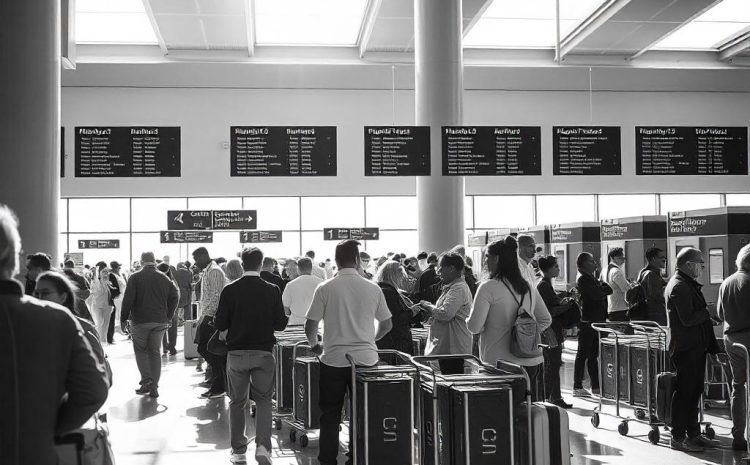
Commercial Air Travel Affordable
Once a luxury reserved for the wealthy, commercial air travel is now accessible to a broad spectrum of people worldwide. This affordability was achieved through a series of strategic, technological, and economic changes over several decades. Here’s how commercial air travel evolved to become a widely available and affordable means of transportation.
Affiliate Insurance Itinerary Plan – Your All-Inclusive Travel Plan:
1. The Rise of Low-Cost Carriers (LCCs)
- Low-Cost Business Model: Starting in the 1970s and 80s, airlines like Southwest Airlines in the U.S. and Ryanair in Europe pioneered the low-cost model. These airlines stripped away non-essential services (e.g., in-flight meals, free checked luggage) and optimized for efficiency to keep fares low.
- Quick Turnaround Times: Low-cost carriers minimize costs by reducing the time aircraft spend on the ground. Rapid loading and unloading mean that planes can fly more trips each day, boosting productivity.
- Secondary Airports and Lower Fees: LCCs often use secondary airports, where fees are lower, passing the savings onto customers through cheaper tickets.
2. Airline Deregulation and Increased Competition
- The U.S. Airline Deregulation Act of 1978: This legislation removed federal control over airline pricing, routes, and market entry in the United States. Airlines were now free to set competitive prices, which pushed fares down significantly. Deregulation policies soon spread worldwide, creating global price competition.
- Route and Pricing Flexibility: Deregulated markets allowed airlines to adapt routes based on demand, optimize for efficiency, and introduce pricing models (such as advance purchase discounts) that made air travel accessible to a broader audience.
3. Technological Advances in Aircraft Design
- Fuel-Efficient Aircraft: Modern airplanes are built to consume less fuel per passenger-mile, lowering one of the airline industry’s biggest costs. Models like the Boeing 737 and Airbus A320 series are highly fuel-efficient and well-suited for short to medium-haul flights, ideal for budget airlines.
- Larger Capacity, Lower Cost per Seat: Aircraft capable of carrying more passengers, such as the Boeing 747 (introduced in the 1970s), helped spread out operating costs over a larger number of seats. By distributing costs, airlines could reduce ticket prices per passenger.
4. Streamlined Operations and Digital Innovations
- Online Booking and Digital Ticketing: The rise of the internet revolutionized the booking process. Online booking platforms like Expedia and Skyscanner allow travelers to easily compare prices, book directly, and avoid middlemen. This increased transparency in fares, leading to greater competition.
- Dynamic Pricing Models: Airlines adopted data-driven dynamic pricing models, adjusting fares based on factors like demand, booking time, and travel season. This allows passengers to find lower fares during off-peak times or by booking well in advance.
- Self-Check-in and Automated Processes: Automated check-ins, mobile boarding passes, and reduced reliance on physical infrastructure have helped airlines save on labor and operational costs, which contributes to more affordable fares.
5. Efficient Use of Frequent Flyer Programs and Alliances
- Loyalty Programs: Airlines introduced frequent flyer programs that allow passengers to accumulate miles or points that can be redeemed for discounted flights. These programs incentivize loyalty while also making air travel more affordable for frequent travelers.
- Global Airline Alliances: Alliances like Star Alliance, OneWorld, and SkyTeam allow airlines to coordinate routes and schedules, increasing efficiency while offering competitive prices on shared networks. Passengers benefit from an expanded selection of affordable routes worldwide.
6. Globalization and Tourism Boom
- Increased Demand for Travel: The tourism boom, along with the rise of international business, has created a consistent demand for affordable flights. Airlines have responded by expanding routes and adding more flights, leading to economies of scale.
- Government Incentives for Tourism: Many governments actively promote tourism and work with airlines to ensure affordable access for tourists, sometimes subsidizing routes to attract visitors and boost local economies.
These combined factors have made commercial air travel one of the most accessible forms of long-distance transportation today, transforming it from a high-cost luxury into a common and affordable way for people to connect across the globe.

